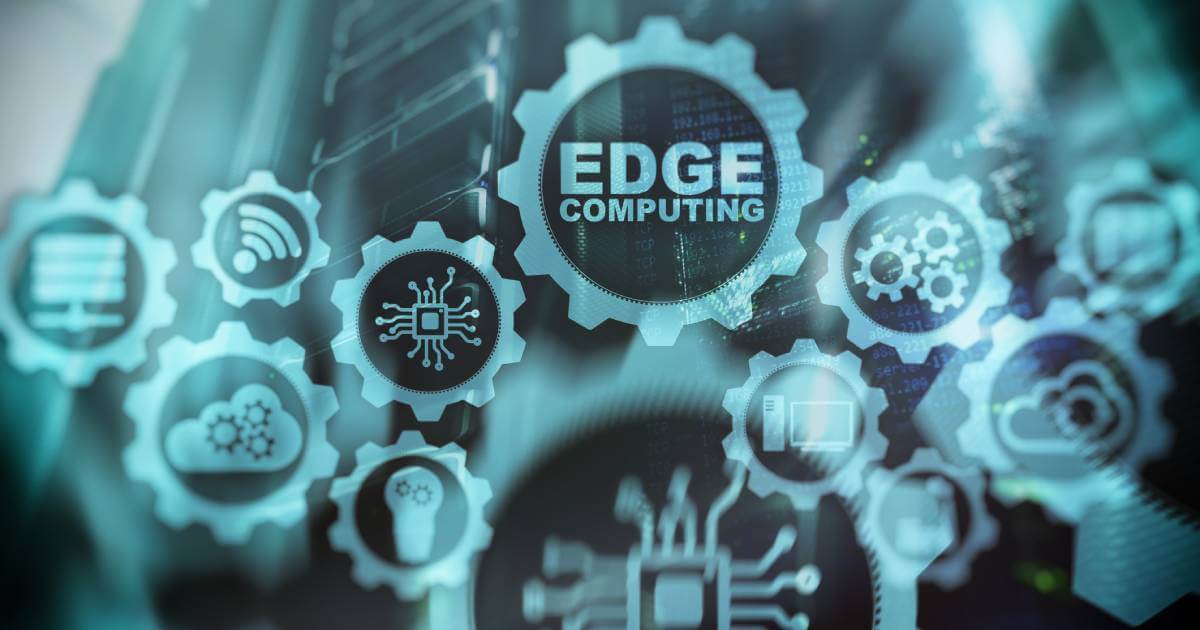Technology is evolving rapidly, and one of the most talked-about innovations today is edge computing. But what is edge computing, and why is it becoming so important for businesses and consumers alike? Simply put, edge computing is a technology that processes data closer to where it is generated — instead of sending it all the way to a distant cloud or data center.
This approach reduces latency, saves bandwidth, and allows faster decision-making. Whether it’s autonomous cars, smart factories, or 5G networks, understanding what is edge computing helps us see how it powers the modern digital world.
What Is Edge Computing in Simple Terms?
To understand what is edge computing, think of it as moving computation closer to the “edge” of the network — near the source of data.
Traditionally, devices like smartphones, cameras, and sensors send data to a centralized cloud for processing. While this system works, it often leads to delays, especially when real-time responses are needed.
Edge computing changes that by bringing data processing to local servers or smart devices themselves. For example, a self-driving car doesn’t have time to wait for cloud instructions — it needs instant analysis and action. That’s where edge computing shines.
How Does Edge Computing Work?
Now that we know what is this, let’s understand how it works.
In this, data is collected from devices such as sensors, cameras, or IoT machines. Instead of transmitting all the information to the cloud, it’s analyzed and processed locally — either on the device itself or on nearby edge servers.
Only essential or summarized data is then sent to the cloud for long-term storage or further analysis. This reduces network congestion and speeds up response time dramatically.
For example, in a smart factory, it allows machines to detect faults and correct them instantly without relying on distant servers.
Why Is Edge Computing Important?
Understanding what is edge computing also means recognizing why it matters.
As more devices connect to the Internet of Things (IoT), the amount of data generated is enormous. Sending all of it to centralized servers would overwhelm networks and increase costs. it offers a solution by handling most of the workload locally.
This leads to faster performance, reduced data transmission costs, and greater reliability — crucial for time-sensitive operations like healthcare monitoring, financial transactions, or industrial automation.
Key Advantages of Edge Computing
Let’s explore some of the major benefits that highlight what is this and why it’s so transformative.
1. Reduced Latency
One of the biggest advantages of edge computing is ultra-low latency. Because data doesn’t have to travel long distances, responses happen almost instantly.
This is critical in scenarios like autonomous driving, augmented reality (AR), or remote surgery, where even a millisecond delay can be dangerous.
2. Bandwidth Efficiency
When you understand what is edge computing, you realize how it reduces bandwidth use. Instead of constantly sending raw data to the cloud, only important insights are transmitted.
This saves both bandwidth and cost, especially in large-scale IoT deployments where thousands of sensors are active at once.
3. Enhanced Security and Privacy
Security is another reason why knowing what is edge computing is vital. By processing data locally, fewer sensitive details are exposed to external networks.
This reduces the risk of cyberattacks and data breaches. Additionally, companies can comply more easily with privacy laws since data doesn’t always leave its origin.
4. Greater Reliability
It can continue operating even if the main cloud connection is lost.
For example, a smart retail store’s cameras and sensors can still function and record activity locally. This high reliability is one of the key reasons industries are adopting edge-based systems.
5. Real-Time Decision Making
Understanding what is this also means appreciating its role in real-time operations. Whether it’s monitoring factory machinery or controlling smart traffic lights, it allows decisions to be made immediately, without waiting for external processing.
Applications of Edge Computing
Now that you know what is this, let’s look at where it’s used in the real world.
1. Smart Cities
Edge computing powers smart cities by managing traffic flow, energy systems, and surveillance efficiently. Real-time analysis of data from sensors helps improve safety, save energy, and reduce congestion.
2. Healthcare
In hospitals, this devices monitor patient vitals continuously. Because the data is processed instantly, doctors can respond faster to emergencies — a direct benefit of understanding what is this.
3. Manufacturing
Factories use it for predictive maintenance. Machines detect potential issues early and fix them automatically, reducing downtime and increasing productivity.
4. Autonomous Vehicles
Self-driving cars rely on edge computing for navigation and safety. The technology processes massive data from sensors and cameras in real time, enabling quick reactions to road conditions.
5. Retail and Customer Experience
Retailers are also learning what is it can do for them. Smart shelves, facial recognition cameras, and personalized advertising all depend on fast, local processing for better customer experiences.
Edge Computing vs. Cloud Computing
Many people confuse cloud and this system. While both are essential, they serve different purposes.
When discussing what is edge computing, it’s important to note that edge doesn’t replace the cloud — it complements it. The cloud is ideal for long-term storage, big data analysis, and backup. it is on the other hand, focuses on real-time processing near the source.
Together, they create a balanced, efficient, and scalable data ecosystem.
Challenges in Edge Computing
Even though it offers huge benefits, it comes with some challenges.
1. Infrastructure Costs
Setting up local servers and maintaining them can be expensive initially. However, long-term savings often outweigh these costs.
2. Security Management
While local processing improves privacy, managing security across multiple devices can be complex.
3. Integration Issues
Different devices and networks need to work seamlessly for this, to deliver its full potential. This requires standardized communication protocols and robust architecture.
Future of Edge Computing
Now that we understand what is edge computing, it’s clear that this technology is the future of data processing.
With the rise of 5G, it will become even more powerful, offering faster speeds and ultra-low latency. It will also play a vital role in the growth of IoT, artificial intelligence, and machine learning.
Experts predict that industries like healthcare, transportation, and manufacturing will rely heavily on edge solutions in the next decade, making it a cornerstone of digital transformation.
Conclusion
To summarize, what is edge computing can be answered as a groundbreaking shift in how data is processed and utilized. By bringing computation closer to where data is created, it enables faster responses, improved security, and better reliability.
Whether it’s powering self-driving cars, managing city infrastructure, or monitoring patient health, it is transforming the world around us.
As our dependence on smart devices grows, the role of edge computing will only expand — shaping a faster, smarter, and more connected future.

